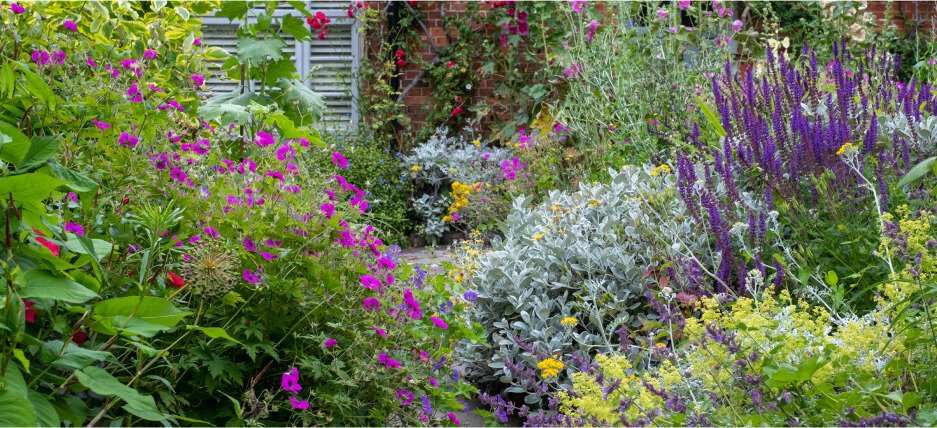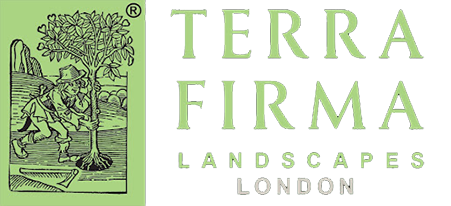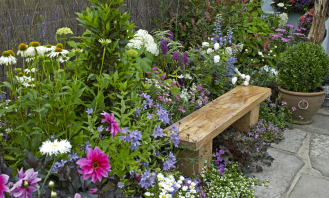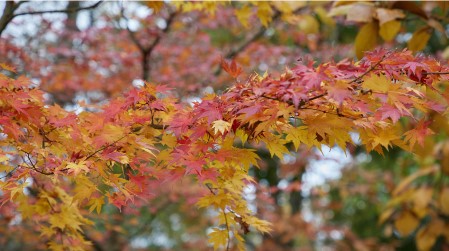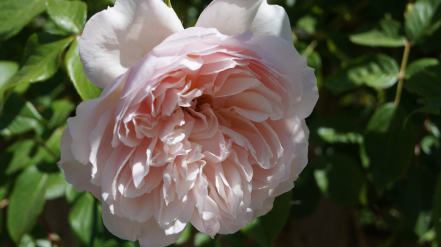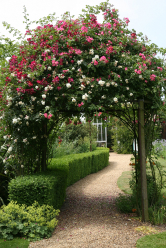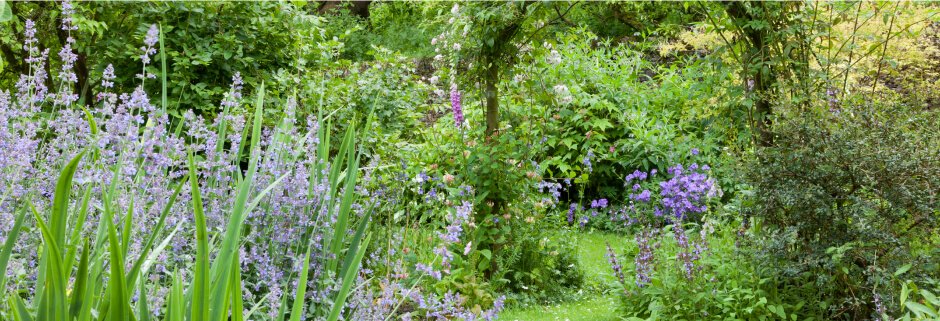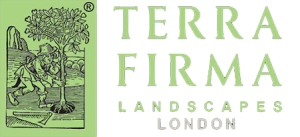Since its humble Elizabethan beginnings when workers would rely on their home’s garden to grow fruit, veggies, or herbs to help supplement their paltry wages, the cottage garden has never strayed far from the UK popularity stakes. This informal garden style is ideal for making the best use of small garden spaces or sectioning larger outside areas, as well as growing decorative plants alongside edibles and creating a beautiful, immersive haven with year-round interest.
Here are our tips for creating a showstopping classic cottage garden design no matter the size of your garden. We have also included tips on how to keep maintenance to a minimum if you are short of time.
What is a cottage garden.
Think quintessentially English, white picket fence, and a cosy cottage surrounded by a garden brimming with traditional country favourites. Nowadays, cottage gardens are more decorative than functional, but the idea is to retain the densely planted, high-impact charm they are admired for.
Focus on packing your space with colour, scents, and edibles so that everything serves a function or use. Creating garden zones is a popular way of dividing up the space into distinct growing areas to separate edibles, mini focal points, sensory areas, and beautiful planting. Paths are often incorporated into the design to allow visitors to access all areas of the garden and create a truly immersive experience. Cottage gardens usually boast an informal, mixed planting palette rather than neat, uniform beds or colour zoning.
Luke Richards, Director at Terra Firma Landscapes adds:
“You want to create that hidden garden vibe where you crouch down in some areas to experience scents, look up in other areas to admire a climbing rose, and follow a path into quaint, hidden areas full of unusual plants. Make the most of vertical space by using arches and structures to grow plants up, and section off areas using a box hedge or rustic fencing. You may even want to showcase a conifer, yew, or traditional fruit tree by placing a quaint wooden bench underneath so visitors can admire at their leisure. For an authentic cottage garden ambiance, the tendrils of wisteria should be caressing your head upon entering and leaving!”
